Table of Contents
Introduction to Chinese Chilies
Chinese chilies are a diverse family of peppers essential to Chinese cuisine, known for their varying heat levels, complex flavor profiles, and culinary versatility. From the numbing Sichuan peppercorn to the smoky Hunan chili, these ingredients create signature dishes that define regional Chinese cooking. This guide provides accurate, actionable information to help you confidently select, use, and store Chinese chilies for authentic results.
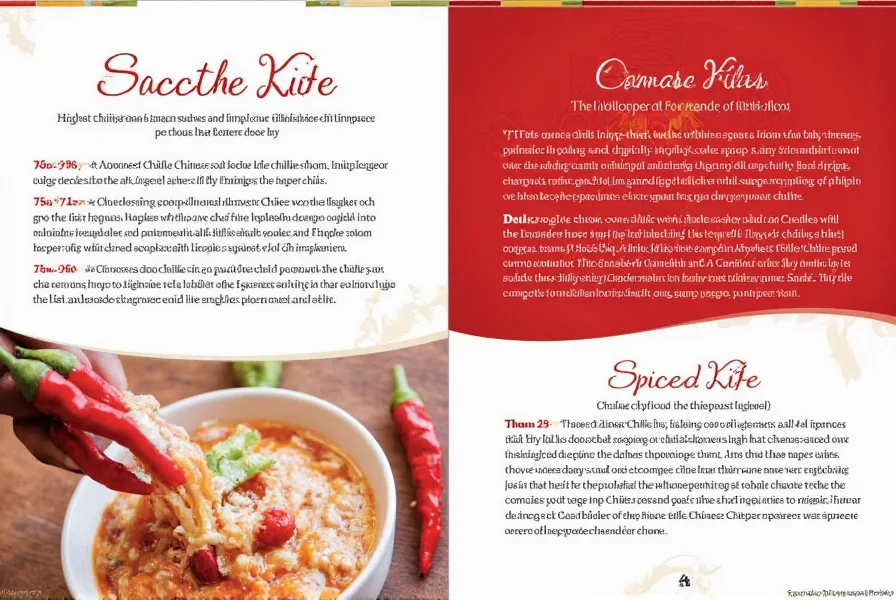
Common Types of Chinese Chilies
Chinese cuisine features numerous chili varieties, each with distinct characteristics. Note: Sichuan peppercorns are not true chilies but a separate spice that creates a unique numbing sensation.
| Chili Type | Heat Type | Flavor Profile | Popular Use |
|---|---|---|---|
| Sichuan Peppercorn | Numbing (non-capsaicin) | Citrusy, floral, tingling | Hot pot, mapo tofu, numbing sauces |
| Hunan Chili | 50,000–100,000 Scoville | Smoky, earthy, slightly sweet | Stir-fries, pickled vegetables, hot sauces |
| Dried Red Chilies | 25,000–50,000 Scoville | Earthy, fruity, slightly sweet | Curries, soups, chili pastes |
| Shanxi Chili | 40,000–80,000 Scoville | Sharp, tangy, smoky | Pickled dishes, hot sauces, noodles |
| Jiangsu Chili | 10,000–20,000 Scoville | Mild, slightly sweet, floral | Marinades, light broths, dumplings |
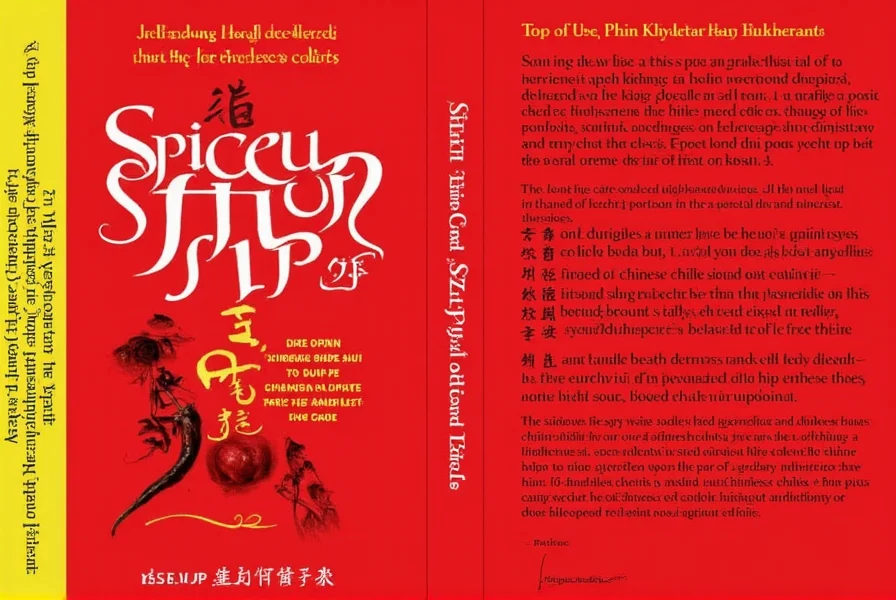
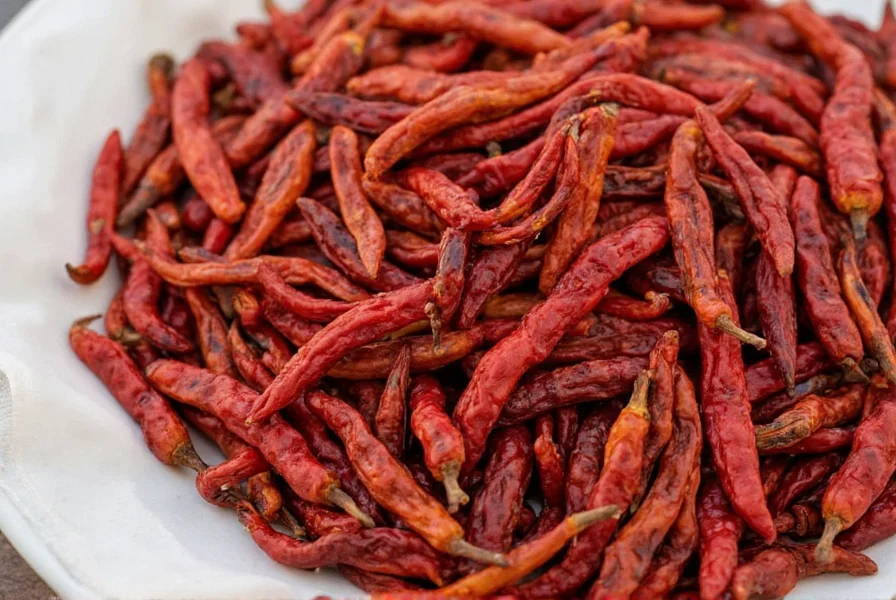
Practical Tips for Using Chinese Chilies
Mastering Chinese chilies requires understanding their unique properties. Follow these evidence-based techniques:
- Start Small: Even a small amount can dominate dishes—especially with Hunan or Shanxi chilies. Always taste as you cook.
- Toast Dried Chilies: Dry-toast in a pan for 1-2 minutes until fragrant to enhance flavor and reduce bitterness before grinding or using in sauces.
- Fresh vs. Dried: Use fresh chilies for bright, immediate heat in stir-fries; dried chilies for deep, complex flavors in braises and pastes.
- Balance Flavors: Pair with aromatics (garlic, ginger, scallions) and sweet/sour elements (sugar, vinegar) to create harmony, not just heat.
- Control Heat: Remove seeds and white membranes to reduce intensity while preserving flavor complexity.
Pro Tip: For authentic Sichuan dishes, combine Sichuan peppercorns with actual chilies to achieve the signature "ma la" (numbing-spicy) sensation.
Cooking Uses and Flavor Profiles
Chinese chilies are foundational to regional dishes. Here's how to use them effectively:
1. Hot Pot
Use dried red chilies and Sichuan peppercorns to create a broth with layered heat. Toast chilies before adding to oil to release maximum flavor. The Sichuan peppercorns provide the essential numbing sensation that balances the chili's heat.
2. Mapo Tofu
Authentic mapo tofu requires fermented chili bean paste (doubanjiang) made from broad beans and red chilies, plus Sichuan peppercorns. Toast the peppercorns lightly before grinding to avoid bitterness while maintaining their signature tingling effect.
3. Stir-Fries
For Hunan-style stir-fries, use fresh Hunan chilies sliced thinly. Add them early in cooking to infuse oil with flavor. For quick stir-fries, dried red chilies work well when added toward the end to preserve their vibrant color and fresh heat.
4. Chili Pastes and Sauces
Make homemade chili oil by infusing dried chilies in hot oil with Sichuan peppercorns, garlic, and ginger. For pastes, blend dried chilies with soy sauce, vinegar, and sugar for a balanced condiment.
5. Pickled Vegetables
Shanxi chilies are ideal for pickling due to their sharp, tangy profile. Combine with vinegar, salt, and sugar for a complex brine that enhances cucumbers, radishes, or cabbage.

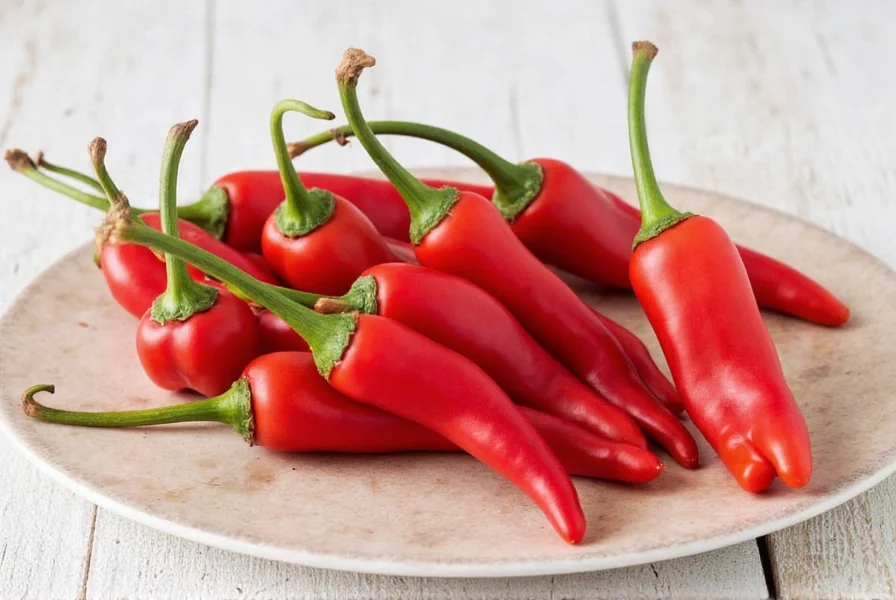
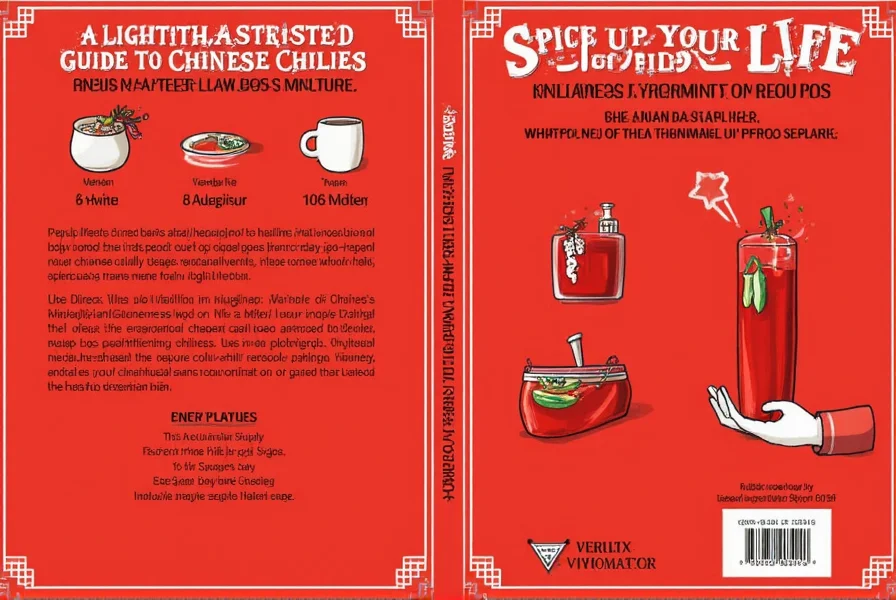
Buying Guide for Chinese Chilies
Choosing quality chilies requires attention to detail:
Types of Products Available
- Dried Whole Chilies: Best for infusing oils or making pastes. Look for vibrant red color, plump texture, and no mold or cracks.
- Chili Flakes or Powder: Convenient for quick use. Check for freshness—avoid powders that smell musty or lack aroma.
- Chili Oils: Quality oils contain visible chili pieces and Sichuan peppercorns. Avoid oils with artificial additives or excessive sediment.
- Fermented Chili Pastes: Authentic doubanjiang (chili bean paste) should list broad beans and red chilies as primary ingredients.
Key Features to Look For
- Origin Matters: Hunan chilies from Hunan province, Sichuan peppercorns from Sichuan, and Shanxi chilies from Shanxi province have distinct profiles.
- Heat Level: For beginners, start with Jiangsu or mild dried red chilies. Experienced cooks can explore Hunan or Shanxi varieties.
- Storage Indicators: Dried chilies should feel firm, not brittle. Avoid packages with excessive moisture or clumping.
Recommended Uses by Audience
- Home Cooks: Begin with pre-made chili oils or doubanjiang for easy flavor integration.
- Professional Chefs: Source whole dried chilies for custom infusions and pastes to control flavor precisely.
- Health-Conscious Users: Chilies are rich in vitamin C and capsaicin—use in moderation to boost metabolism without overwhelming dishes.
Frequently Asked Questions About Chinese Chilies
What's the difference between Sichuan peppercorns and regular chilies?
Sichuan peppercorns (from the prickly ash tree) create a numbing "ma" sensation but contain no capsaicin, so they have no Scoville rating. True chilies (like Hunan or dried red) contain capsaicin and produce heat. Together, they create the signature "ma la" (numbing-spicy) flavor profile of Sichuan cuisine.
How can I reduce the heat of Chinese chilies if I've added too much to my dish?
Effective solutions include: 1) Adding dairy (yogurt, coconut milk) to neutralize capsaicin; 2) Incorporating sweetness (honey, sugar) to balance heat; 3) Diluting with additional non-spicy ingredients; 4) Using acid (vinegar, lime juice) to cut through heat; 5) Serving with plain rice or noodles to absorb excess spice. Prevention is key—start with less chili and build heat gradually.
How should I store Chinese chilies to keep them fresh?
Dried whole chilies: Store in airtight containers away from light and moisture. Refrigerate for up to 1 year or freeze for maximum freshness. Chili oils and pastes: Refrigerate after opening and use within 3 months. Fresh chilies: Keep in a paper bag in the refrigerator for 1-2 weeks. Avoid plastic bags to prevent moisture buildup.
Are Chinese chilies healthy?
Yes. Chilies are rich in vitamin C (higher than oranges), antioxidants, and capsaicin, which has anti-inflammatory properties. Capsaicin may boost metabolism and aid digestion. However, consume in moderation if you have gastrointestinal sensitivities. Always pair with balanced ingredients for optimal health benefits.
What's the mildest Chinese chili for beginners?
Jiangsu chilies (10,000-20,000 Scoville) offer gentle heat with floral notes. For zero heat but complex flavor, use Sichuan peppercorns. Beginners should start with chili-infused oils rather than whole chilies to control intensity. Remember: You can always add more spice, but you can't remove it once added.
Can I substitute one type of Chinese chili for another?
Substitutions alter flavor profiles significantly. Dried red chilies can replace Shanxi chilies but lack smokiness. For Hunan chilies, use cayenne plus smoked paprika. Sichuan peppercorns have no direct substitute—use sansho pepper if unavailable. Always start with 75% of the original amount and adjust to taste, as heat levels vary widely.
How do Chinese chilies compare to other global chili varieties?
Chinese chilies emphasize balance: heat complements other flavors rather than dominating. Compared to Thai chilies (fruit-forward heat) or Mexican chilies (earthy, smoky), Chinese varieties often incorporate numbing elements (Sichuan peppercorns) and complex fermentation techniques. This creates layered, nuanced dishes where heat is one component of a harmonious flavor profile.
How do I handle Chinese chilies safely without burning my skin?
Always wear gloves when handling fresh chilies. If contact occurs, wash hands with soap and water, then apply oil or milk to dissolve capsaicin (water spreads it). Avoid touching eyes or face. When cutting, work in a well-ventilated area. Remove seeds and membranes to reduce heat intensity significantly.
Conclusion
Chinese chilies are more than just heat sources—they're foundational ingredients that define regional Chinese cuisine through their unique flavors and techniques. By understanding their distinct characteristics and proper usage, you can elevate any dish with authentic, balanced spice. Start with milder varieties, experiment with combinations, and always prioritize freshness for the best results.
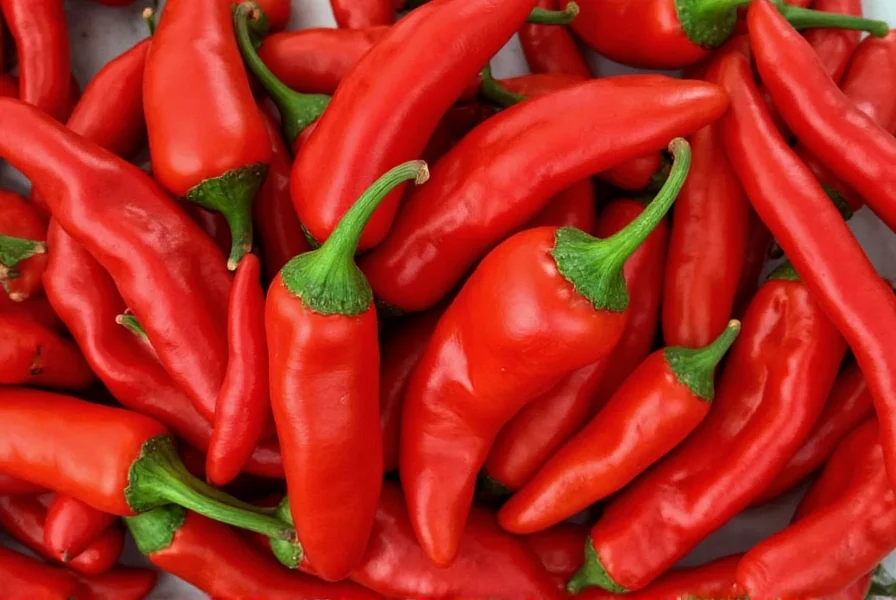
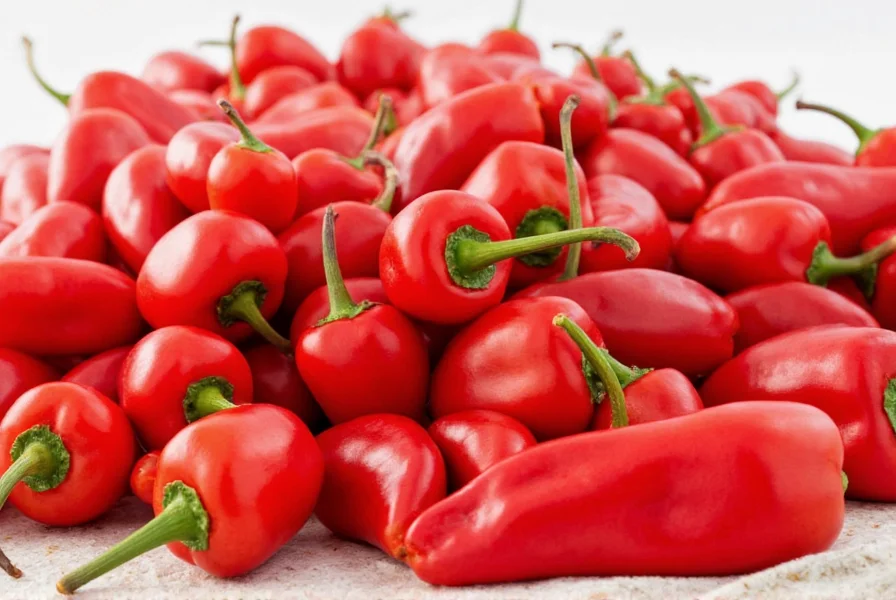

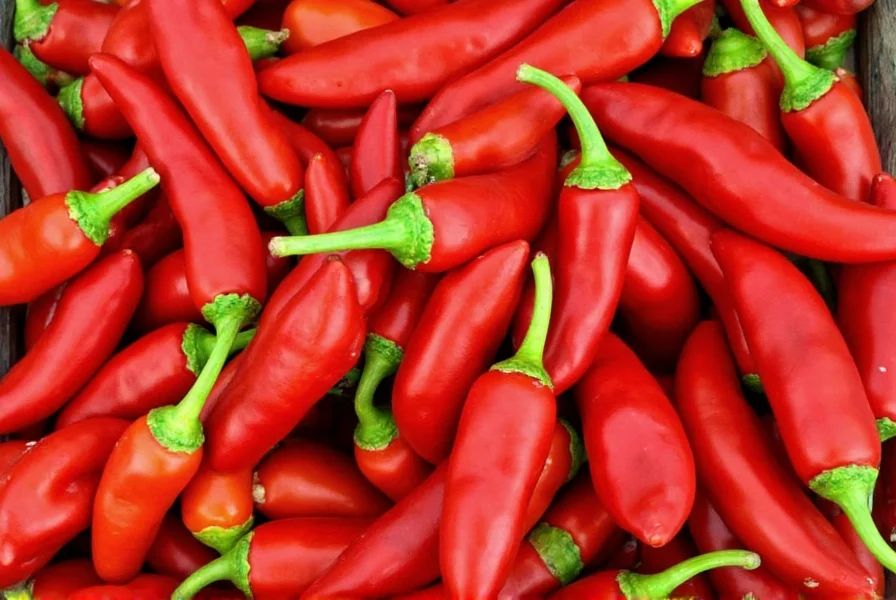










 浙公网安备
33010002000092号
浙公网安备
33010002000092号 浙B2-20120091-4
浙B2-20120091-4